
8D ASSOCIATION
The 8D Association is dedicated to promoting the history of the railways of South Lancashire, Merseyside and North Cheshire.
The Birkenhead Joint.
In this section we shall be covering the stations form Warrington Bank Quay through to Mickle Trafford on the main line and the stations on the branch line from Helsby through to Little Sutton.
Warrington Bank Quay.
Opened on 4th July 1837 by the Grand Junction Railway the station was an important calling point for Warrington. The area was rapidly expanding with wire making one of the major industries, latterly the Lever Brothers works which were situated next to the station would add to the towns prosperity. The station was re-sited under the LNWR and opened on 16th November 1868 to form an interchange with the St Helens railway which ran beneath it. The station is still busy today with main line expresses to London and Scotland and local services to Liverpool, Chester and Manchester. The station has 4 through platforms and north and south bay platforms which were latterly used to store spare locomotive in case of failures.

(To view more of Harry’s Waterway images click here )
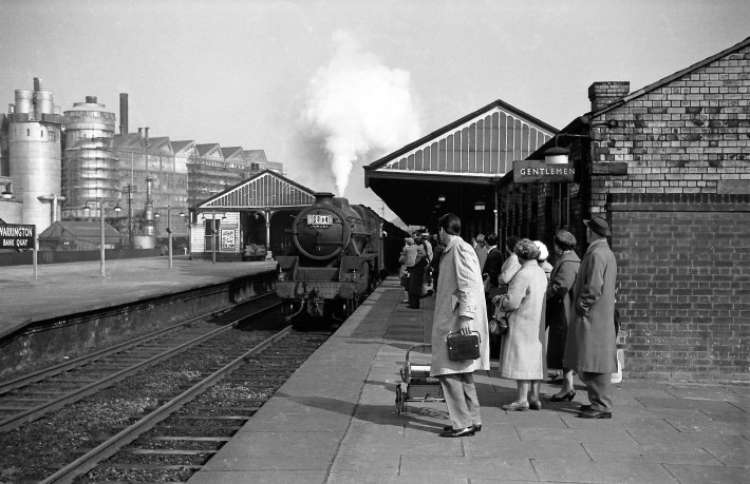
(To view more of Harry’s Waterway images click here )

Daresbury.
Opened in conjunction with the Birkenhead Joint line on 18th December 1850 as Moore the station was sited in a lightly populated area and thus suffered from low passenger numbers. It was re-named Daresbury on 5th April 1861 to avoid confusion with the other Moore station close by. Even in the 1930’s the service was poor and resulted with the closure to passengers on 7th July 1952 and to goods on 1st June 1965.
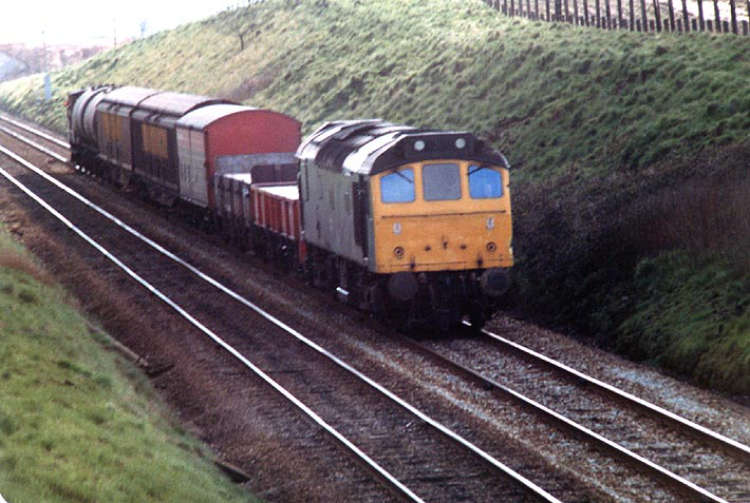
For further station information click here
Runcorn East.
Opened by British Rail on 3rd October 1983 in conjunction with increased demand from the Runcorn New Town development the station enjoys a frequent service both to and from Chester and Manchester. The station is busy with passengers with over 147,000 passenger journeys in 2010/11.
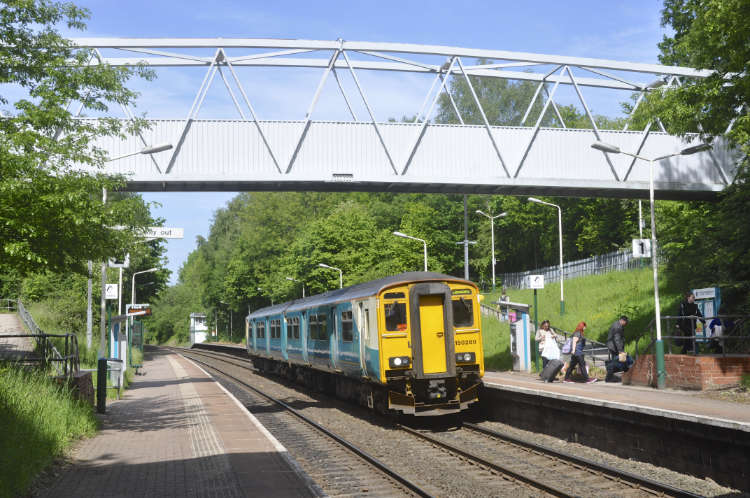
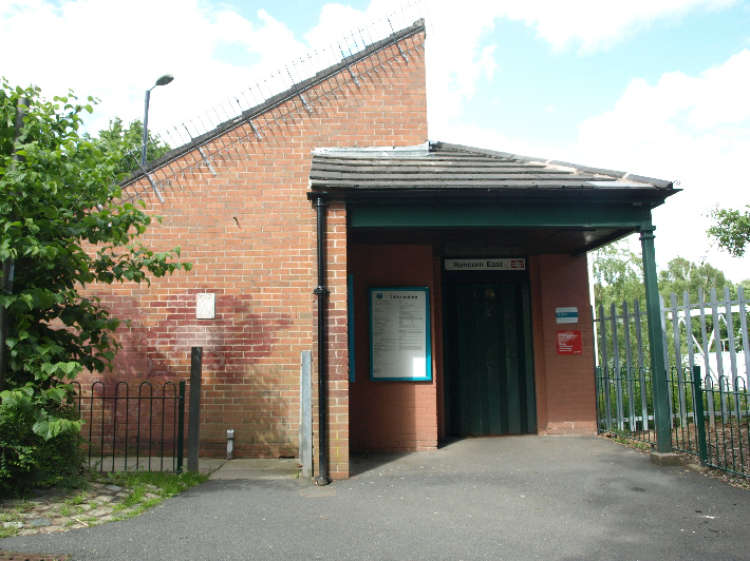
Norton.
Opened as a direct result of the Sutton Tunnel accident in March 1852 the station was important for westbound trains because it ensured that the tunnel was clear of traffic. This was done by the use of the electric telegraph which linked it to the station on the other side of the tunnel. As with others on the line the area was not heavily populated and the station suffered from low passenger numbers which led to its closure on 1st September 1952.
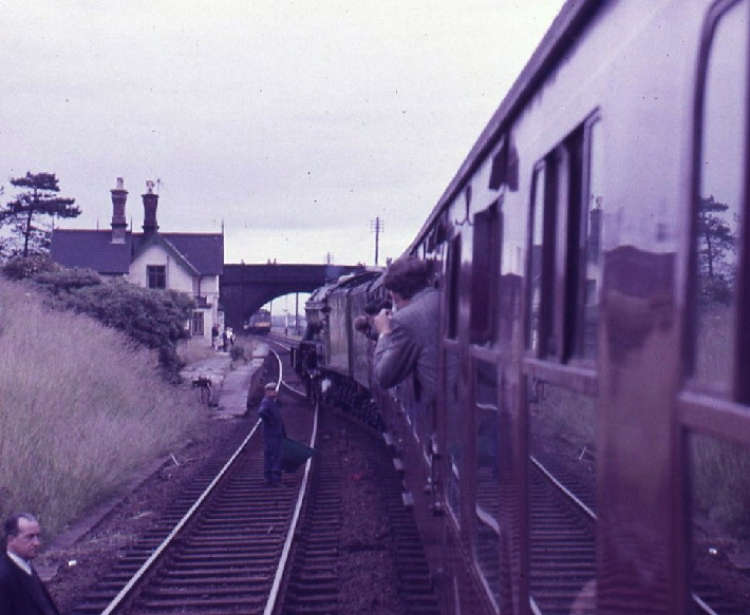
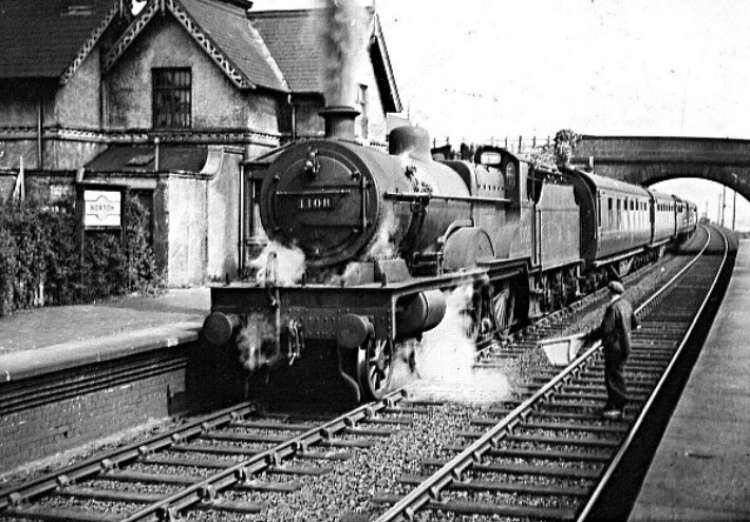
For further station information click here
Halton.
Opened in March 1852 also as a direct result of the recommendations made into the Sutton Tunnel accident. The station was linked to the previous one at Norton by the electric telegraph to signal when the tunnel was clear. As with Norton the station was in a lightly populated area and was quite remote from the nearest village. It was closed to passengers on 7th July 1952 and finally to goods on 3rd May 1954.

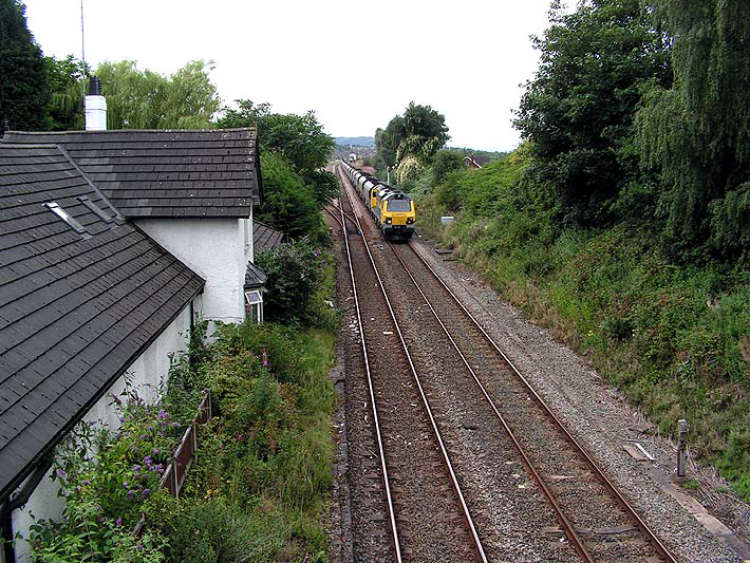
For further station information click here
Frodsham.
Another of the original station on the line which opened on 18th December 1850. The station remains open today and has a frequent service which is well patronised by the local community. The buildings still stand and are Grade 2 listed they are not in use at the present time and the station is unstaffed although the Cheshire Rail User Group look after the station and it is well kept. Interestingly the goods shed still survives adjacent to the station though it does not seem to have been used for several years but still seems to be in good condition.
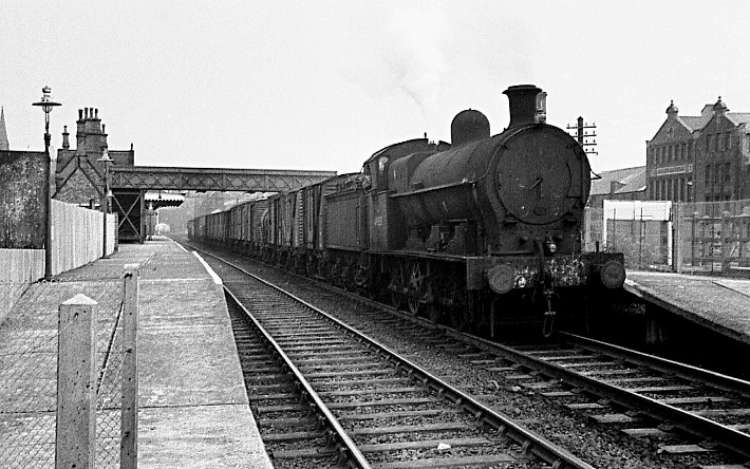

From the David Ingham collection. (To view more of David’s excellent and extensive Flick photostream click here )

Helsby.
Helsby station first appeared in the timetable in 1852 and is a junction station with the line to Ellesmere Port branching off to the right. Like Frodsham the station is now unstaffed and the buildings are listed but not occupied. The local rail user group also look after this station ensuring it is clean and tidy with an interesting feature is the signal box on platforms two and three.

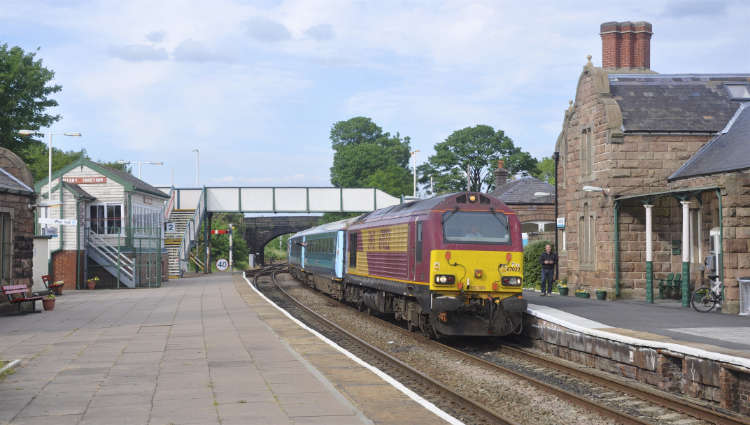
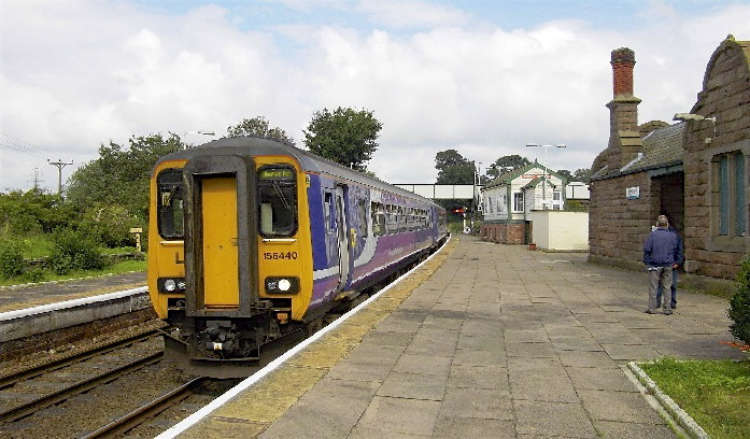
Dunham Hill.
Another of the original stations on the line opening on 18th December 1850 the station was remote from the area it was meant to serve and therefore suffered from low passenger numbers. It was to close to passengers on 7th April 1952 and finally to goods on 7th May 1956.
For further station information click here

Mickle Trafford.
Mickle Trafford was a later addition to the stations only opening on 2nd December 1889. The station never fulfilled its potential, mainly due to the lightly populated area in which it was built. It was to be the earliest of the closures along the line just 3 years after nationalisation on 2nd April 1951.
We do not have a picture of Mickle Trafford station or the site, if you do and would like to share it please contact 8d.association at gmail.com. It will be shown here and fully credited.
For more station information and pictures click here
We now return to Helsby to look at the stations along the branch to Little Sutton
Ince and Elton.
An original station of the branch opening on 1st July 1863. The branch now runs to an end on connection with the Merseyrail Electrics network at Ellesmere Port. It was a through route originally but as the line was only electrified to Ellesmere Port a shuttle service has to operate from there to Helsby. This had been cut back to a Parliamentary service which is of no real use to the travelling public with only 532 journeys either to or from the station in 2010/11.
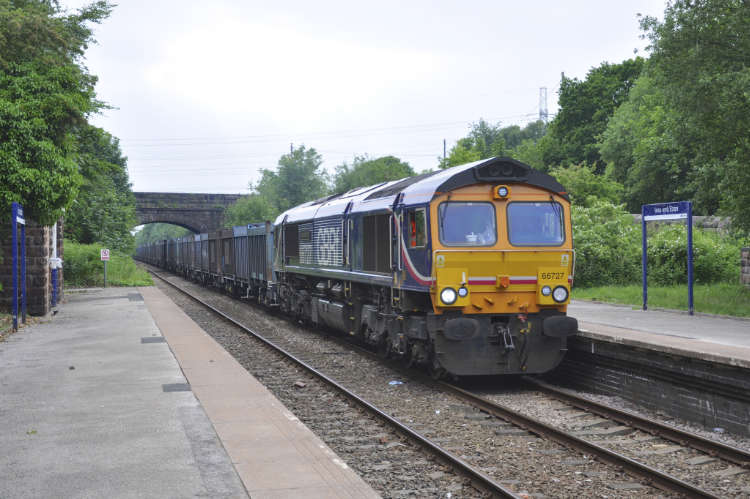

Stanlow and Thornton.
The station was built here for workers at the nearby oil refinery and was opened for Shell oil workers only on 23rd December 1940. The general public were able to use the station from 24th February 1941. With such a poor service neither the oil refinery workers or the general public can make much use the service. In 2010/11 there were only 342 passenger journeys either to or from the station.
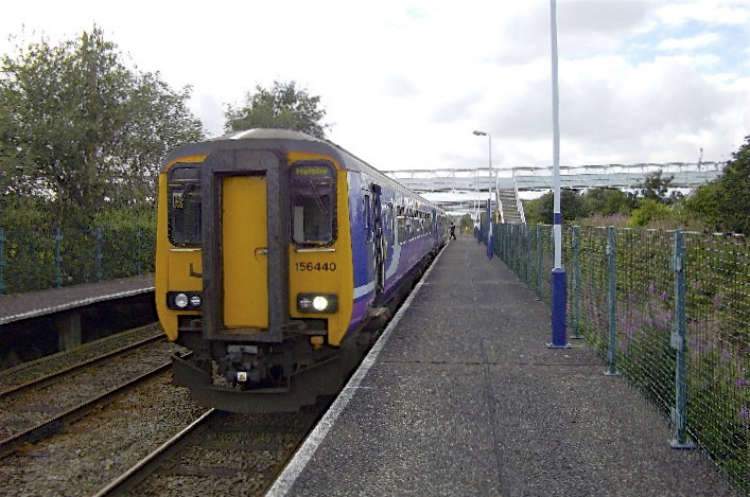
Ellesmere Port.
The station at Ellesmere Port opened with the line on 1st July 1863 as Whitby Locks it was renamed Ellesmere Port on 1st September 1870. The station still retains the original stone building which are typical of the early stations on the line. Since the line was electrified passenger usage has risen and the service to Liverpool is frequent. In 2010/11 over 291,000 people used the station probably for journeys to Liverpool and Chester via Hooton.
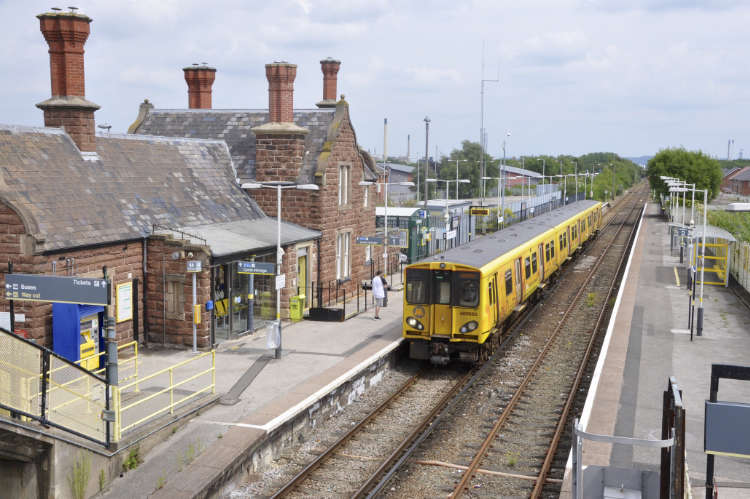
Overpool.
This station was opened on 15th August 1988 by British Rail and became part of the Merseyrail network when the branch from Hooton to Ellesmere Port was electrified in 1994. It is a fairly basic affair with two virtually vandal prook brick built waiting shelters and a ticket machine. The station today sees a 30 minute frequency service to Liverpool and Ellesmere Port. The station is unstaffed.
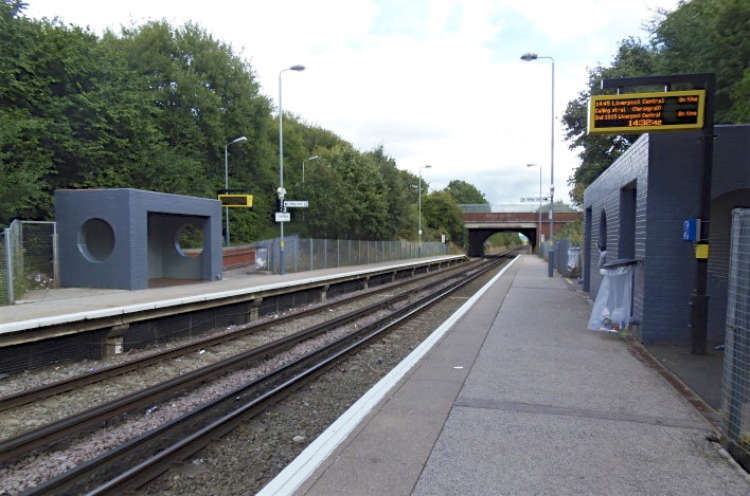
Little Sutton
Little Sutton Station was first opened in 1863, named just Sutton but in 1884 was renamed Little Sutton. It became part of the Merseyrail network in 1994 and has remained an unstaffed station. The main station building remains and has been designated a Grade 2 listed building by English Heritage.

